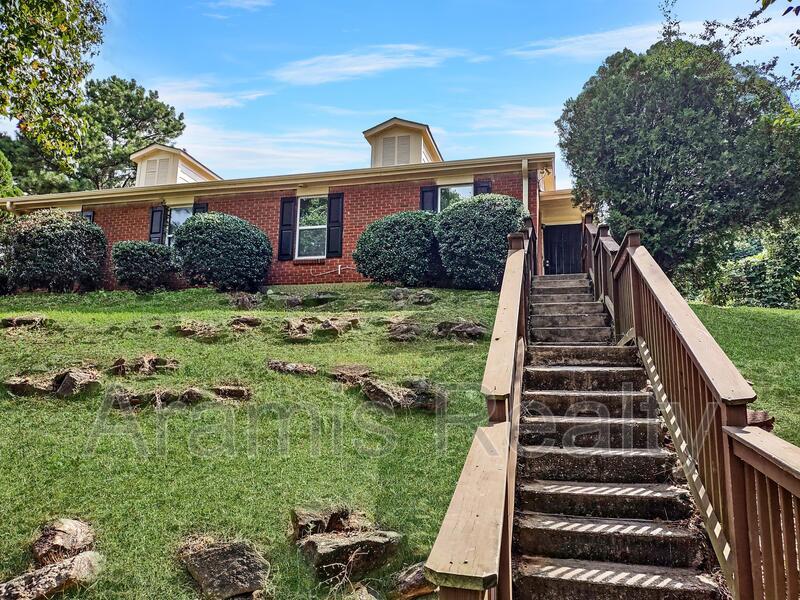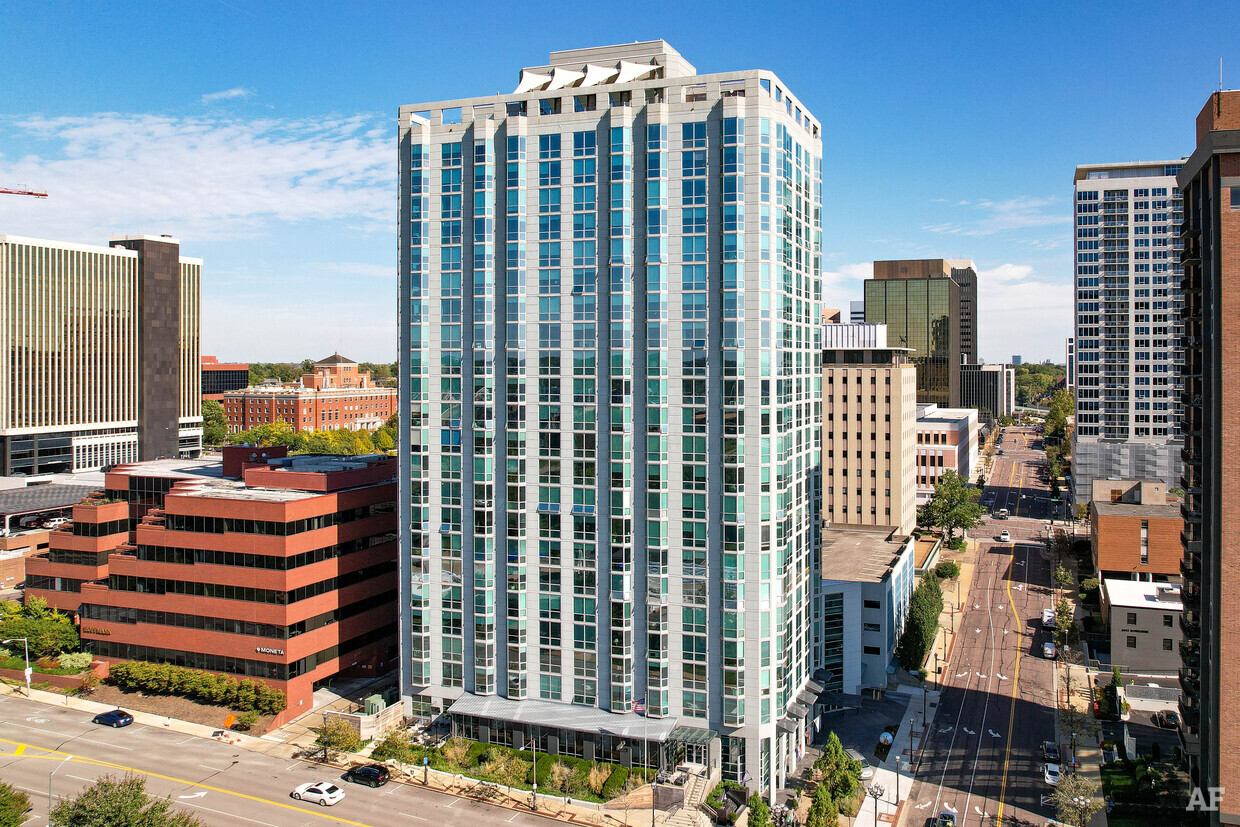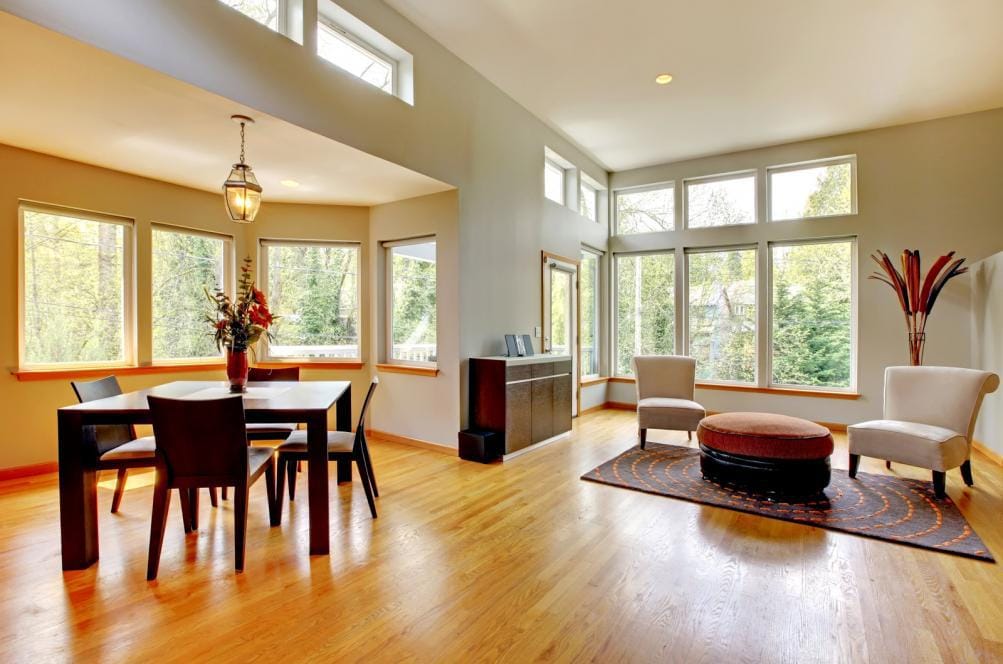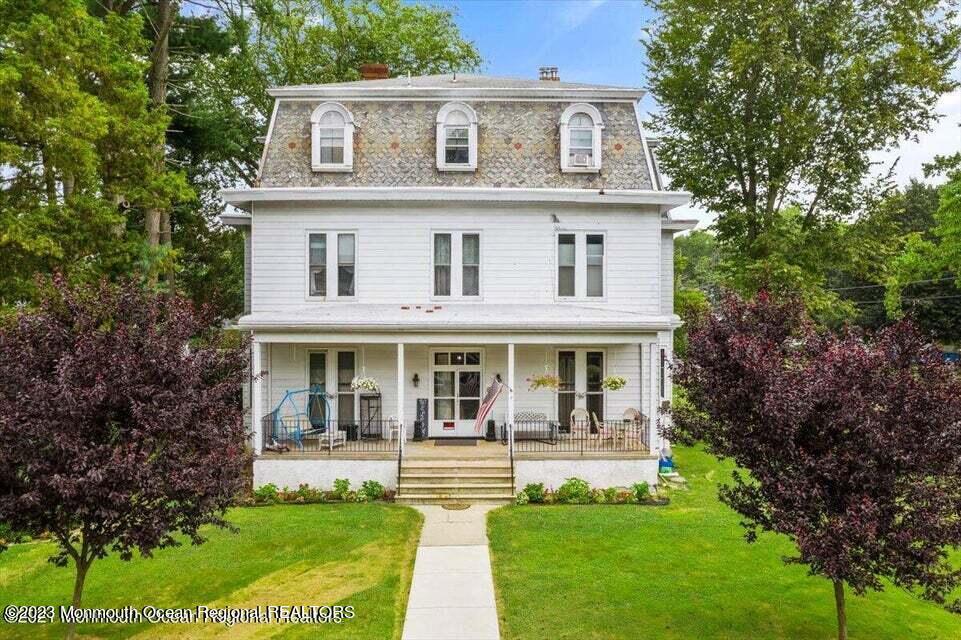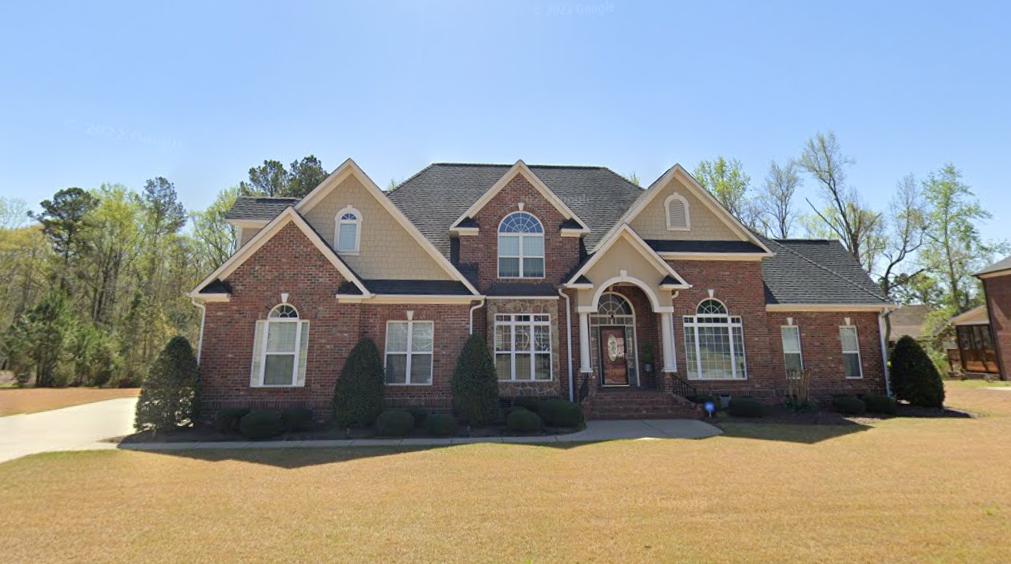Looking for a custom-designed home without the wait and high costs? Modular homes could be the answer. Not only can you avoid construction delays, but they're also known for costing less than traditional homes. But, how much does a modular home cost? Read on to find out
What is The average cost of a modular home?
The typical expense of a modular home can vary from $80 to $160 per square foot, which roughly comes down to $180,000 to $360,000 for an average-sized home. Most homeowners typically invest around $270,000 for a modular home, but the actual cost may vary depending on factors such as location, customizations, and building materials.
Are modular homes worth the investment?
Modular homes are a great investment because they appreciate in value over time, unlike mobile homes. Modular homes also tend to have a higher resale value than their purchase price. Investing in a modular home can be a smart decision, providing a good return on investment in the long term. Additionally, modular homes offer flexibility in design and can be customized to meet specific needs, making them a popular choice among buyers.
How long does a modular last?

Generally, a modular building can last for about 25 to 30 years, which may not be an exceptionally long time, but is certainly sufficient to fulfill its intended function. If you lease or buy a used modular building, its lifespan may be reduced slightly, as it would have been previously owned and may have undergone some wear and tear.
Why is modular sustainable?
One major advantage of modular construction is that it generates less waste compared to traditional construction methods. Additionally, modular buildings are highly portable and can be relocated easily, enabling the responsible deconstruction and disposal of materials, or even the reuse of the building on another site, thus eliminating the need for demolition and further reducing environmental impact.
Is modular better than prefab?
According to real estate experts, modular construction is generally considered to be superior to standard prefab construction. This is because prefab buildings are often temporary structures that are assembled from panels and designed to be portable. They are commonly used as temporary classrooms in schools or as additional office space by corporations.
In contrast, modular buildings are constructed in modules offsite, which are then transported to the construction site and assembled into a permanent structure. This approach typically results in higher quality construction, greater design flexibility, and faster project completion times.
Is prefab and modular the same?
Prefab is a broad term used to describe any building or building component that is manufactured in a factory before being transported to the construction site for final assembly. In contrast, modular refers specifically to buildings that are constructed in self-contained units, like building blocks, that are built offsite and then transported to the construction site for assembly into a complete structure. So while all modular buildings are prefabricated, not all prefabricated buildings are modular.
Why is modular construction better?

One key benefit of modular construction is that it allows for simultaneous construction of the building modules in a factory while site and foundation work is being done, which can result in project completion times that are 30% to 50% faster than traditional construction.
Additionally, since 60-90% of the construction process takes place indoors in a factory, the risk of weather-related delays is greatly reduced. This also means that construction is less impacted by weather-related variables, such as rain or snow, which can cause delays in traditional on-site construction.
Why is Modular Homes Can Be More Affordable?
Modular homes offer several advantages that can make them more cost-effective than traditional homes. Depending on the cost of materials and home design, the cost of building a modular home can be up to 15% less expensive than building a stick-built home.
Additionally, modular homes are typically built in a factory, which means that construction costs are better controlled and there is less waste. Modular homes can also be constructed more quickly, which can save on labor costs. To ensure that you find a quality modular home builder, it is important to do your research, including reading reviews and looking for information about the latest modular building systems in your area.
Hiring a general contractor can also help to ensure that the building process goes smoothly and stays within budget.
Conclusion
Thank you for taking the time to read our blog post on how much does a modular home cost today!
In conclusion, modular homes are a cost-effective and sustainable alternative to traditional stick-built homes. They offer greater design flexibility, faster project completion times, and are more affordable due to better-controlled construction costs and less waste. Investing in a modular home can provide a good return on investment in the long term, as they appreciate in value over time and offer greater resale value than their purchase price.
